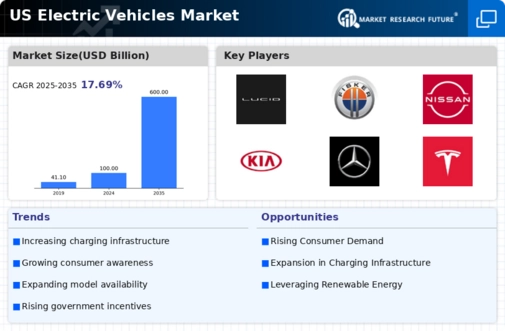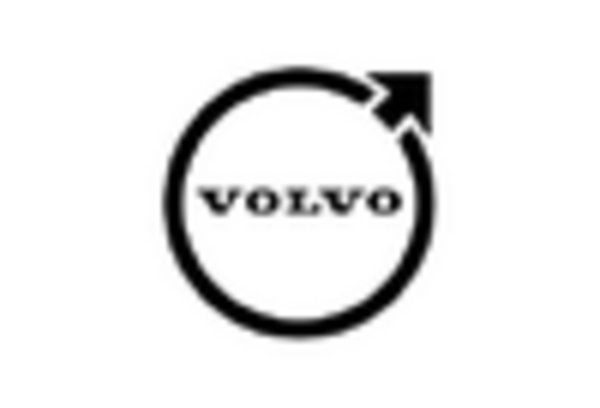Rising Fuel Costs
The electric construction-vehicles market is experiencing a shift due to rising fuel costs. These costs have prompted construction companies to seek more cost-effective alternatives. As traditional fuel prices fluctuate, the operational costs associated with diesel-powered construction vehicles become less favorable. Electric vehicles, with their lower energy costs and reduced maintenance expenses, present a compelling case for construction firms looking to optimize their budgets. According to recent data, electric vehicles can reduce fuel costs by up to 70%, making them an attractive option for companies aiming to enhance profitability. This economic pressure is likely to drive the adoption of electric construction vehicles, as firms prioritize long-term savings.
Corporate Sustainability Goals
The electric construction-vehicles market is increasingly influenced by corporate sustainability goals adopted by major construction firms. Many companies are committing to reducing their carbon footprints and enhancing their environmental stewardship. This shift is not merely a trend; it reflects a broader societal expectation for businesses to act responsibly. As a result, construction companies are investing in electric vehicles as part of their sustainability strategies. Reports indicate that firms integrating electric construction vehicles into their fleets can reduce greenhouse gas emissions by up to 50%. This alignment with corporate values is likely to drive demand for electric construction vehicles, as companies seek to meet both regulatory requirements and stakeholder expectations.
Regulatory Support for Electrification
The electric construction-vehicles market benefits from increasing regulatory support aimed at reducing emissions and promoting sustainable practices. Various federal and state policies incentivize the adoption of electric vehicles, including tax credits and grants for manufacturers and consumers. For instance, the Biden administration has proposed substantial investments in clean energy infrastructure, which could allocate billions of dollars to support electric vehicle initiatives. This regulatory environment encourages construction companies to transition to electric vehicles, as compliance with environmental standards becomes more critical. As a result, the market is likely to see a surge in demand for electric construction vehicles, driven by both regulatory compliance and financial incentives.
Technological Innovations in Battery Technology
Advancements in battery technology are playing a pivotal role in the electric construction-vehicles market. Innovations such as solid-state batteries and improved lithium-ion technologies are enhancing the performance and efficiency of electric vehicles. These developments lead to longer operational ranges and shorter charging times, addressing one of the primary concerns of potential users. For example, the latest battery technologies can increase energy density by up to 30%, allowing electric construction vehicles to operate longer on a single charge. As these technologies continue to evolve, they are expected to significantly impact the market, making electric vehicles more viable for heavy-duty applications in construction.
Increased Public Awareness of Environmental Issues
The electric construction-vehicles market is benefiting from heightened public awareness regarding environmental issues. As communities become more conscious of the impact of construction activities on air quality and climate change, there is growing pressure on construction companies to adopt cleaner technologies. Public sentiment is increasingly favoring companies that demonstrate a commitment to sustainability, which includes the use of electric vehicles. Surveys indicate that over 70% of consumers prefer businesses that prioritize environmental responsibility. This shift in consumer behavior is likely to influence construction firms to transition to electric vehicles, thereby expanding the market and promoting a more sustainable construction industry.

















Leave a Comment